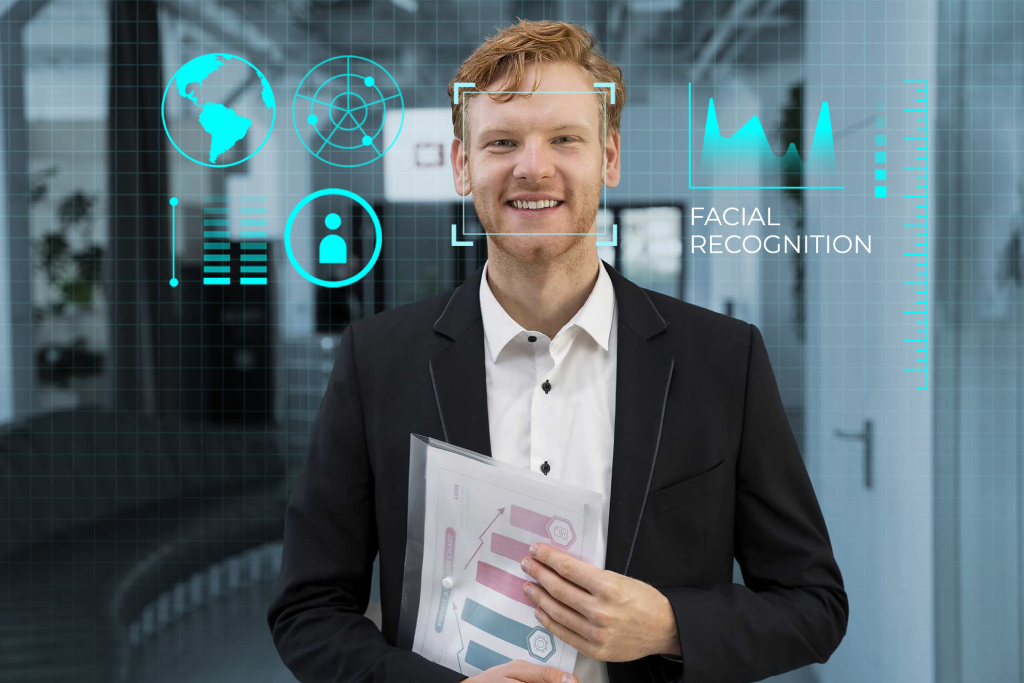
The concept of legal personhood has long extended beyond individual humans. Corporations, for example, have held personhood status for centuries, allowing them to own property, enter contracts, and face legal consequences. Dr. Siamak Goudarzi’s book, The Emergence of Virtual Person, explores how this established legal framework could now be applied to AI entities, or “Virtual Persons.” By treating these advanced AI entities as legal entities, we could provide a way to define their rights and responsibilities in our society.
Corporate personhood, first introduced in English common law and later upheld in legal systems worldwide, grants corporations many of the rights and obligations traditionally reserved for humans (Chopra & White, 2011). This legal innovation enables corporations to enter the marketplace, make decisions, and be held accountable, without needing individual human oversight for each action. Dr. Goudarzi suggests that Virtual Persons could benefit from a similar framework, allowing them to function autonomously within the boundaries of defined legal responsibilities.
One example highlighting the potential role of Virtual Persons in society is the rise of AI-powered customer service agents, such as those created by Soul Machines. These AI “digital people” interact directly with customers, offering advice, processing requests, and even simulating empathy through facial expressions (Soul Machines, n.d.). Although they don’t currently hold legal personhood, if these digital agents were recognized as Virtual Persons, they could operate with a level of independence that enhances efficiency while being subject to legal accountability for their actions.
Similarly, healthcare applications like Babylon Health’s AI, which assists with diagnostics and patient consultations, show the need for clear legal guidelines around AI entities in high-stakes roles (Babylon Health, 2020). Virtual Persons operating in healthcare could be granted limited legal personhood, ensuring accountability for their recommendations while setting boundaries for liability, much like corporate entities have frameworks that govern their business conduct.
Sophia, the humanoid robot by Hanson Robotics, offers another glimpse into how Virtual Persons might interact with the law. When Saudi Arabia granted Sophia citizenship in 2017, it underscored the potential for AI entities to hold recognized status in society (Stone, 2017). While Sophia doesn’t perform commercial functions like a corporation, her status as a recognized entity has fueled global discussions around granting AI the legal rights necessary for accountability, autonomy, and ethical oversight.
Dr. Goudarzi’s framework in The Emergence of Virtual Person seeks to address these questions by proposing a hybrid legal status for AI entities. Much like corporations, Virtual Persons could have defined roles within society, operating within clear boundaries. This approach could allow them to interact with humans, fulfill tasks, and even make independent decisions, all while being held accountable in a way that protects public interests. Legal theorists like Gunkel (2018) argue that as AI becomes more autonomous, providing such frameworks becomes essential to prevent ethical ambiguity and ensure that AI entities can be regulated effectively.
As we stand at the intersection of technology and law, the concept of Virtual Persons invites us to reconsider the boundaries of legal personhood. By adapting the corporate personhood model to AI, we can empower these digital entities to contribute to society while establishing safeguards that protect human interests. The rise of AI as a legal entity is not only possible—it may soon be necessary.
References
• Babylon Health. (2020). How Babylon’s AI works. Retrieved from https://www.babylonhealth.com
• Chopra, S., & White, L. F. (2011). A Legal Theory for Autonomous Artificial Agents. University of Michigan Press.